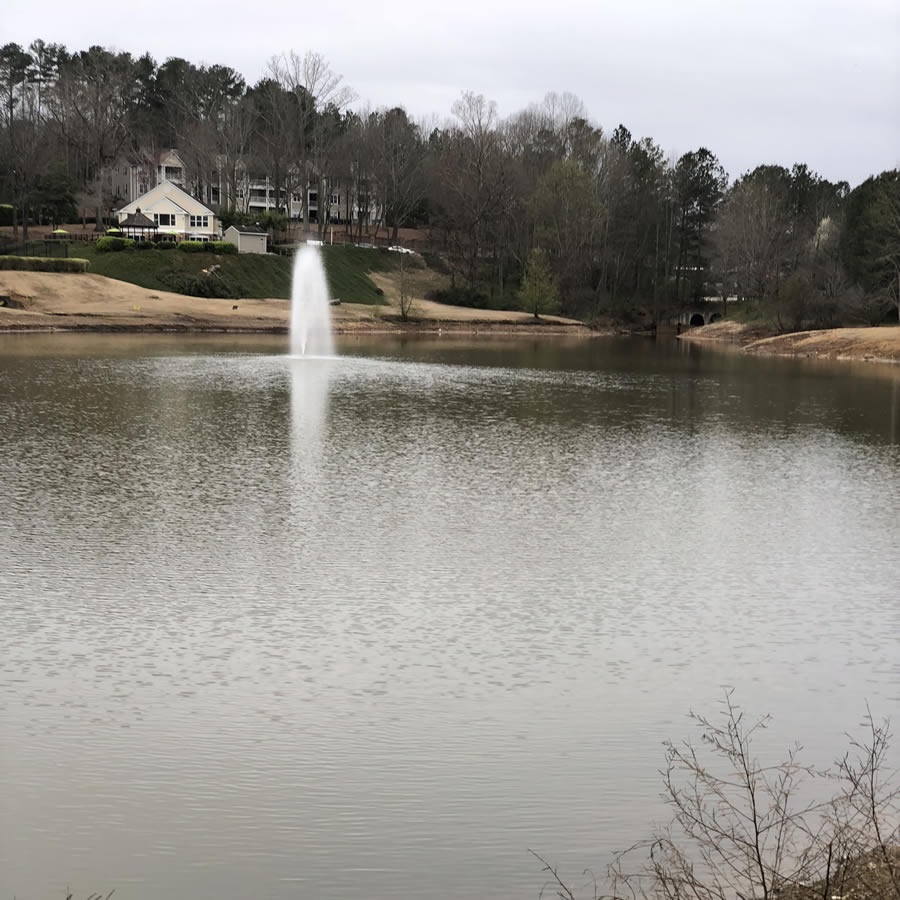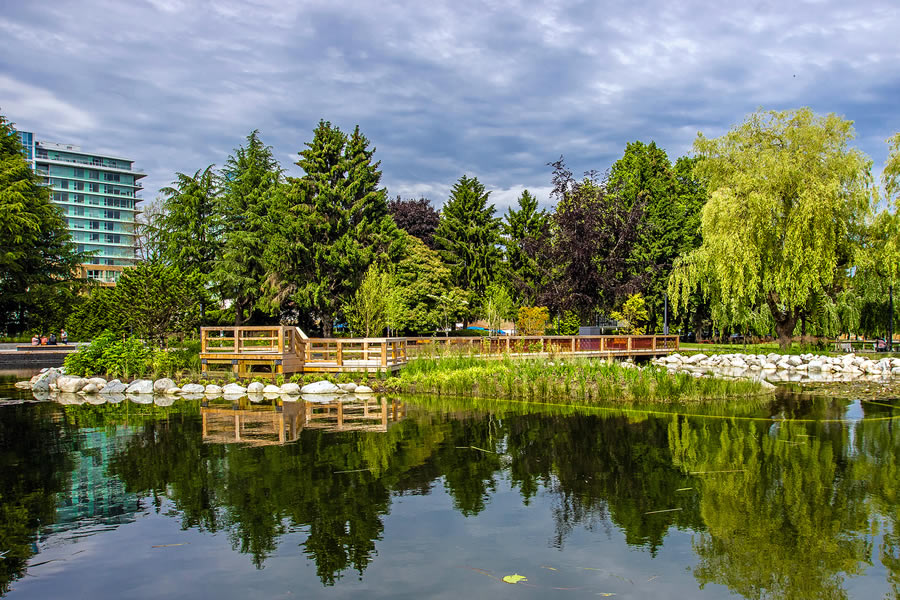
Stormwater management is a critical aspect of urban planning. As municipalities grapple with the developing demands of environmental regulations, the treatment and control of stormwater runoff have taken center stage. One increasingly common solution to gaining prominence is the use of retention ponds. These ponds, particularly wet retention ponds, are invaluable in meeting pollutant reduction requirements while effectively managing peak discharge release rates during storm events. Aquatic Restoration leverages extensive industry knowledge and proven strategies to provide quality retention pond maintenance, which is pivotal in dredging your stormwater pond.
Wet retention ponds are engineered structures to capture and manage stormwater runoff. Unlike dry detention ponds that only temporarily hold water before releasing it, wet retention ponds maintain a permanent pool of water. This pool plays a crucial role in settling pollutants often accompanying stormwater runoff. As rainwater flows into the pond, the suspended sediment and contaminants gradually settle to the bottom, leaving cleaner water to overflow or infiltrate.
Over time, the efficiency of a wet retention pond can be compromised as the accumulated sediment and pollutants build up. As the pollutants settle to the bottom, the pond’s storage volume decreases, effectively reducing its ability to manage stormwater during subsequent rain events. In addition, the sediment buildup can lead to decreased water quality and the potential release of harmful substances back into the environment. Here are signs you need to call a professional dredging company for retention pond maintenance.
One clear sign that it’s time to consider dredging your retention pond is a noticeable reduction in its storage capacity. If the pond fills up faster than usual during rain events or has a significantly decreased water level after storms, it could show that sediment accumulation is impeding its function and performance.
If the water in the pond appears murky, discolored or emits unpleasant odors, it may be time for professional dredging. The sediment and pollutants accumulate, affecting the water quality. This hinders the pond’s pollutant removal capacity and can lead to ecological imbalances within the ecosystem. The best way to prevent such scenarios is to schedule routine maintenance sessions with a professional dredging company.

Excessive plant growth and algae blooms can be symptoms of nutrient imbalances caused by sediment accumulation. If the pond’s vegetation is overwhelming and affects the unit’s aesthetics, it’s critical to call a trusted dredging company for maintenance.
Dredging a stormwater retention pond is a significant undertaking, but it’s necessary to ensure the pond’s continued functionality and compliance with environmental regulations. Regular maintenance and timely dredging can extend the pond’s lifespan and contribute to better stormwater management, improved water quality, and reduced flood risks.
Wet retention ponds are vital in stormwater management, reducing pollutants and preventing peak discharge. However, as sediment and pollutants accumulate with time, these ponds can become less effective. Contact us at Aquatic Restoration for regular inspections and water quality monitoring, ensuring an efficient system year-long.
If you own a pond or lake, you know that proactive maintenance is an integral part of keeping the…
If you’ve ever walked outside and noticed your lake suddenly turn a murky shade of green, you’re not alone. Many…
Lakes are vital ecosystems that support wildlife, protect water quality, and enhance the quality of life for surrounding communities. Whether…
If you’re reading this, there’s a good chance you’re sick and tired of dealing with aquatic weeds that never…
Lake management is an integral part of keeping lakes healthy, functional, and beautiful for generations to come. Not only…